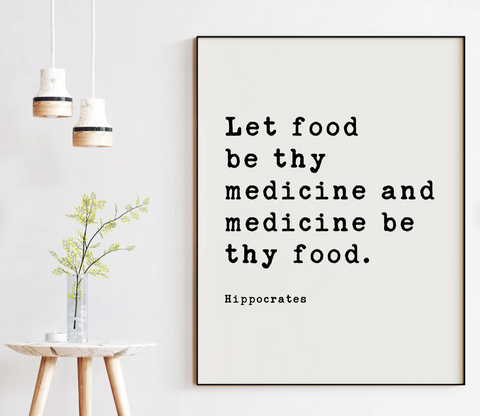The autoimmune protocol (AIP) diet is a nutrient-rich, anti-inflammatory diet that has been shown to relieve symptoms in many autoimmune disorders. The diet eliminates common allergens and inflammatory foods and focuses on nutrient-dense, whole foods. The AIP diet eliminates certain foods that are known to trigger inflammation, such as gluten, dairy, soy, eggs, nightshades, and nuts. In addition to these eliminated foods, the AIP diet also restricts other inflammatory foods, such as sugar, processed foods, and alcohol.
While the AIP diet may seem restrictive at first, there are still plenty of delicious and nutritious foods that you can eat on this diet (including our baking mixes!). The AIP diet is an extension of the paleo diet and one should plan to commit to the diet for at least 30 days. After the 30 days, one should slowly reintroduce the eliminated foods and take careful note of any responses. A reaction, such as a surge in symptoms, can show that a particular food may be better off being avoided for the long haul.
The AIP diet can be divided into three phases:
Phase 1: Elimination Phase
During the elimination phase, all potential allergens and inflammatory foods are eliminated from the diet. This includes dairy, gluten, eggs, soy, nightshades, nuts, and seeds. This phase is ideally at least 30 days.
Phase 2: Reintroduction Phase
During the reintroduction phase, foods that were eliminated in phase 1 are slowly reintroduced into the diet, one at a time. This allows you to identify which foods trigger your symptoms.
Phase 3: Maintenance Phase
Once you have identified your triggers, you can enter the maintenance phase of the diet. During this phase, you will avoid your triggers and eat a nutrient-rich diet that supports your health.
What To Eat
As shared, the AIP diet can feel incredibly restrictive - and it is! This said, there are still plenty of choices of foods to enjoy on the AIP diet.
- Fresh fruits and vegetables
- Proteins such as fish, chicken, and grass-fed beef
- Healthy fats such as avocados, olive oil, and coconut oil
- Herbs and spices such as rosemary, turmeric, cinnamon and ginger
What To Avoid
There are a number of foods to avoid when following an AIP diet. Here is an over-arching list:
- Nightshades, such as tomatoes, potatoes, peppers, and eggplants
- Grains
- Legumes
- Dairy
- Some vegetable oils
- Coffee
- Eggs
- Nuts and seeds
- Alcohol
- Food additives, such as refined or added sugars
Take Away
There is emerging evidence that the AIP diet can be effective in reducing symptoms of autoimmune disorders. In one study, 28 participants with rheumatoid arthritis followed the AIP diet for six weeks. At the end of the study, participants reported a significant reduction in disease activity and pain levels. Another study looked at the effects of the AIP diet in patients with inflammatory bowel disease (IBD). The study found that the AIP diet was associated with a significant reduction in IBD symptoms, including abdominal pain, diarrhea, and fatigue.
If you are considering trying the AIP diet, it’s important to work with a registered dietitian or doctor to make sure that you’re getting all of the nutrients your body needs. No matter which phase of the diet you are in, it can be restrictive, so it’s important to make sure that you’re still getting all of the nutrients your body needs to function optimally.
We also recommend planning your meals ahead of time. This type of diet can be laborious in the kitchen - so batch-cooking and creating delicious AIP-compliant meals that you look forward to eating will better allow you to enjoy this health journey!
Disclaimer
This content is for informational purposes only and does not constitute medical advice. The information contained herein is intended to be used as general knowledge only and is in no way a substitute for professional medical advice, diagnosis, or treatment.



